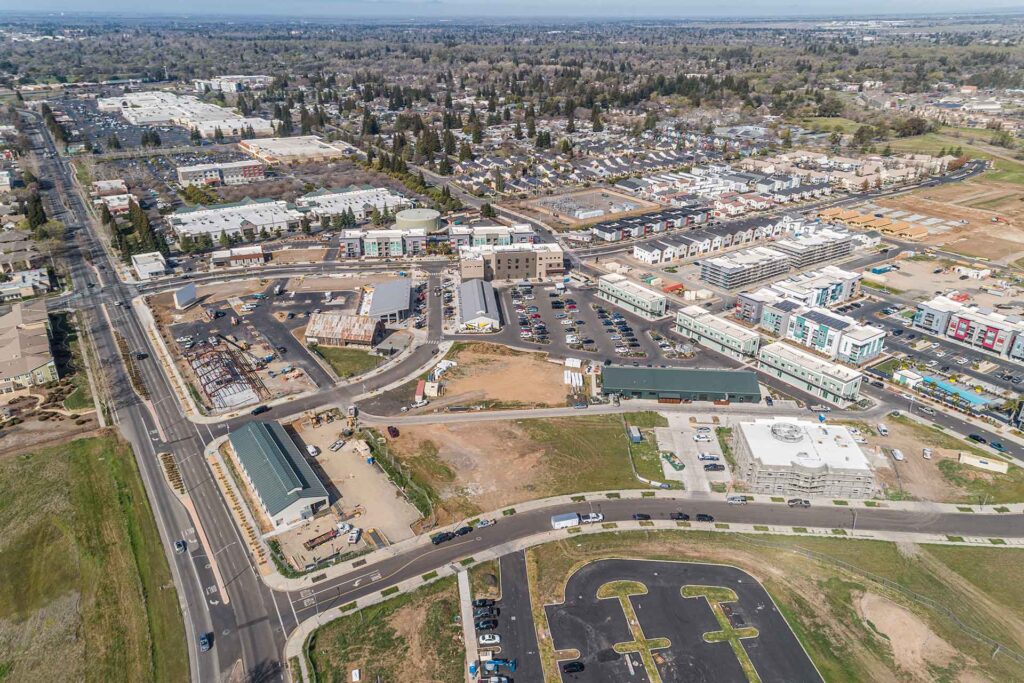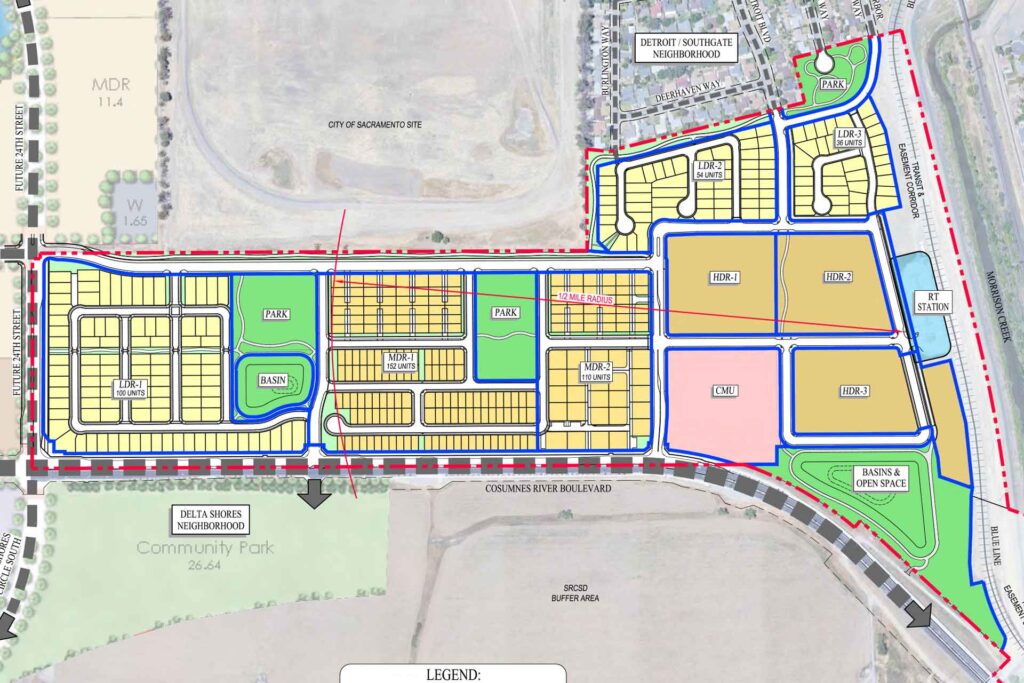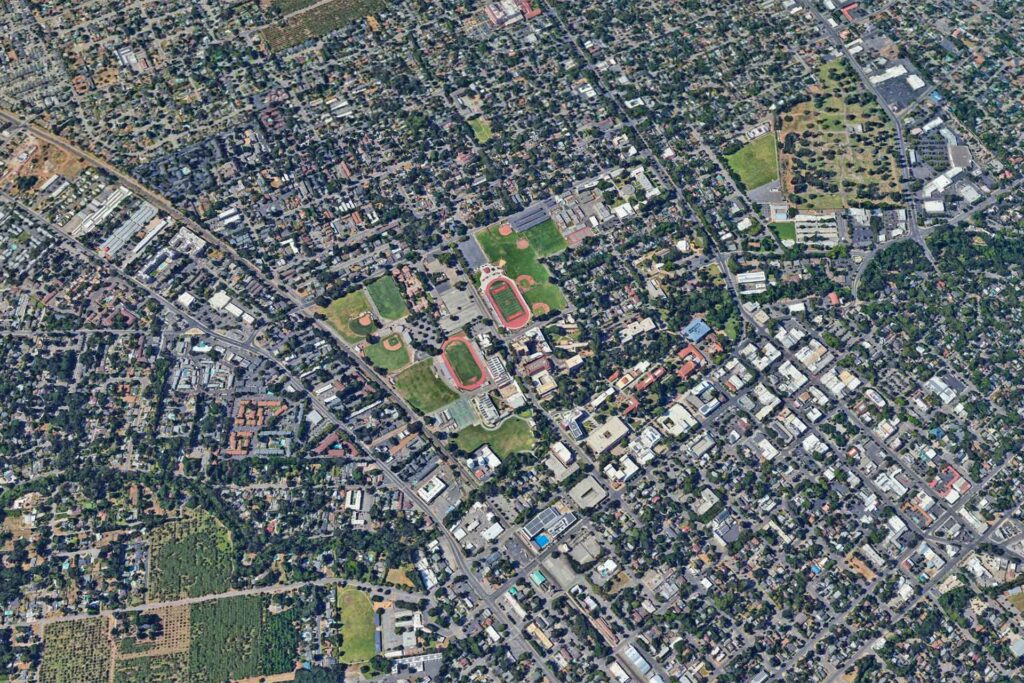A Subordination, Non-disturbance, and Attornment Agreement (SNDA), often referred to as a Non-Disturbance Subordination Agreement, is a legal document that becomes crucial when a property holds both a lease and a mortgage. This document plays a pivotal role in safeguarding the interests of all parties involved in a property transaction, particularly during periods of financial uncertainty or shifts in property ownership.
Here’s a detailed explanation:
What is a Non-Disturbance Subordination and Attornment Agreement?
- Most commercial leases stipulate that the tenant’s lease is “subordinate” to any mortgage. This means that if the landlord’s mortgagee (lender) forecloses on the property, the foreclosure would terminate the tenant’s lease, ending their right to occupancy. The new owner from the foreclosure sale would acquire the property free of the lease.
- However, many commercial tenants, especially those leasing significant space or investing heavily in improvements, require a “non-disturbance” agreement from the mortgagee. This agreement ensures that if the mortgagee forecloses, they will honor and recognize the tenant’s lease, not disturbing the tenant’s rights under the lease. This is what’s known as an SNDA.
- The SNDA serves to protect the tenant’s rights in the event of a foreclosure, ensuring they can continue their occupancy as per the terms of their original lease.
- In addition to the subordination language, the tenant in an SNDA also agrees to attorn to the lender (i.e., agrees to recognize the lender as the landlord) if the lender forecloses on the property.
When is it used?
- SNDAs are commonly utilized in commercial real estate when a mortgage and a lease coexist on the same property. They are standard in situations where tenants make significant investments in their leased spaces or occupy large or essential portions of a property.
- They are often negotiated during the initial lease agreement drafting, especially when a tenant plans substantial improvements or investments in the leased space.
Importance from the Lender’s Perspective:
- Lenders consider SNDAs important as they clarify the relationship between the tenant’s lease and the landlord’s mortgage, providing clear guidelines on what happens in case of foreclosure. • An SNDA can also benefit lenders by ensuring that valuable or high-quality tenants remain in place after a foreclosure, maintaining a stable, income-producing property.
Note: “Mortgage lenders are especially concerned about subordination agreements when a lease is, or could be, recorded in the county records. Real estate liens follow the rule ‘first in time, first in right.’”
Importance from the Tenant’s Perspective:
- For tenants, an SNDA is crucial for protecting their occupancy rights. Without an SNDA, a tenant risks having their lease terminated if their landlord defaults on their mortgage.
- The agreement provides stability and security, particularly for tenants who have invested substantial resources into their leased spaces.
Note: “While some lenders, depending on the circumstances, may allow the tenant to remain in the premises as long as they pay rent, a third-party purchaser of the property at the foreclosure sale may have other plans for the property, and choose to evict the tenants.”
The Significance of Tenant Estoppel Certificates:
Alongside SNDAs, Tenant Estoppel Certificates are another vital instrument in commercial real estate. These certificates, often required from tenants, serve to confirm various aspects of their lease. They are particularly utilized when the property is undergoing sale or refinancing, offering the potential buyer or lender confirmation of the lease terms, the absence of defaults, or other significant facts that could influence the transaction.
Unique Challenges in Ground Leases:
Ground leases, especially those involving subtenants, present unique challenges. In these instances, it’s imperative for the ground lessor (the landlord in a ground lease) to provide an SNDA to the subtenant. This agreement is vital as it ensures that the subtenant’s occupancy is not jeopardized if the ground lease is terminated earlier than anticipated, provided they are not in default. For sophisticated tenants, such agreements are often non-negotiable prerequisites before committing to a lease arrangement for a property subject to a ground lease.
The Influential Role of The New York State Bar Association:
In 1992, the New York State Bar Association’s Real Property Section’s Commercial Leasing Committee recognized the complexities and the need for standardization in SNDAs. They formed a subcommittee dedicated to this cause, leading to the creation of the “REPORT OF SUBCOMMITTEE ON NONDISTURBANCE AGREEMENTS.” [1] This report was designed to provide a balanced framework that reflects typical marketplace outcomes between well-represented parties and is often referred to as the industry standard.
Furthermore, it’s important to recognize that the efficacy of an SNDA as a protective tool for both the lender and the tenant in foreclosure scenarios can significantly depend on the specific stipulations of the agreement and the legal jurisdiction governing its enforcement. This variability underscores the necessity for careful consideration of local laws and specific contractual terms during the drafting and negotiation of each SNDA, ensuring its relevance and enforceability when most needed.
Summary:
The SNDA is a critical legal document in commercial real estate, providing necessary protections for both tenants and lenders. It ensures that tenants can maintain their occupancy following a foreclosure, preserving the time, money, and effort they’ve invested in their spaces. Simultaneously, it benefits lenders by maintaining the income potential and stability of the foreclosed property. Negotiating an SNDA is a standard part of drafting commercial lease agreements when significant investments or improvements are involved from the tenant’s side. SNDA agreements, while essential in outlining the relationship between mortgagees and tenants, can sometimes lead to intricate and expensive negotiations, particularly when parties suggest conditions beyond the conventional scope.
———-
[1]Report of Subcommittee on Non-disturbance Agreements, with Model Agreement, New York State Bar Association Real Property Law Section Newsletter, Spring 1994, at 42; reprinted in New York State Bar Association, Commercial Leasing, 2004 and 2010 (Joshua Stein, editor); model agreement adapted and reprinted in Thomas G. Homburger and Lawrence A. Eiben, “Who’s on First—Protecting the Commercial Mortgage Lender,” 36 American Bar Association Real Property, Probate and Trust Journal 411 (2001).




